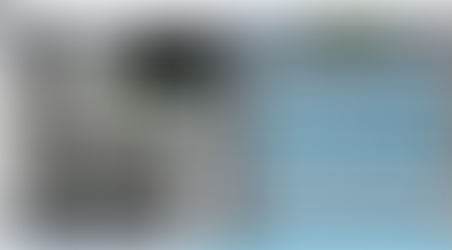In the Studio working on the Choir Recording
- andrewscorgie
- May 18, 2017
- 2 min read
Today I had Studio 2 booked out for the afternoon so I could listen back for the first time the session in 5 channel, as prior to this all I had done is hear it in 2 channel at home.
With the session up and running I proceeded to correctly pan the channels into the correct direction, with Front Left, Center, Front Right, followed by Rear Left, Rear, Right with Omni Left, Omni Right all correctly positioned.
With the panning set I was able to hear the Choir as if I was back at the church hearing them for real.
Next task was to listen through the recording and identifying which ones were suitable for use. For this I found a clear recording of each track covered that was purely acapella with no playback of guitar (which they normally use for timing, but the musical director handled the timing like a conductor would).
This gave me a Fukada Tree recording of Newton Faulkner's - Dream Catch Me and John Farnham's You're The Voice and and OCT Surround recording of Labi Saffre's Something Inside So Strong.
Having now listened to both the Fukada Tree recordings and the OCT Surround recordings I was able to observe some differences in the way they sound, which I believe comes from the mic placement. with the OCT setup being massively closer to one another compared to the Fukada Tree which having a base of a 2 meter distance from each mic within the main square, not including the Omni or the center mics which add an extra 1 meter to the sides and front, it allowed for the OCT Surround to be placed further away from the choir as well as the rear of the room, thus being able to pick up more room sound and less reflections back from the walls which the Fukada likely suffered from due to the room space.
As this is a multi-channel surround sound session, I looked into potential compression and encoding options that I could use to make the bounced recordings more accessible to listen to on devices outside of a Protools session within a studio environment, such as on DVD/Blu-Ray Players or Xbox/Playstation gaming systems. So I spent a some time looking at the formats used by Home Cinema products, in particular Dolby Digital and its format called AC3. AC3 is a lossy based compression format, meaning that the data after compression can suffer from degradation. So with the encoder in use, I set the bitrate at the highest value supported by the AC3 Dolby Digital format, 640kbps to reduce the impact of degradation effecting the audio quality.




















Comments